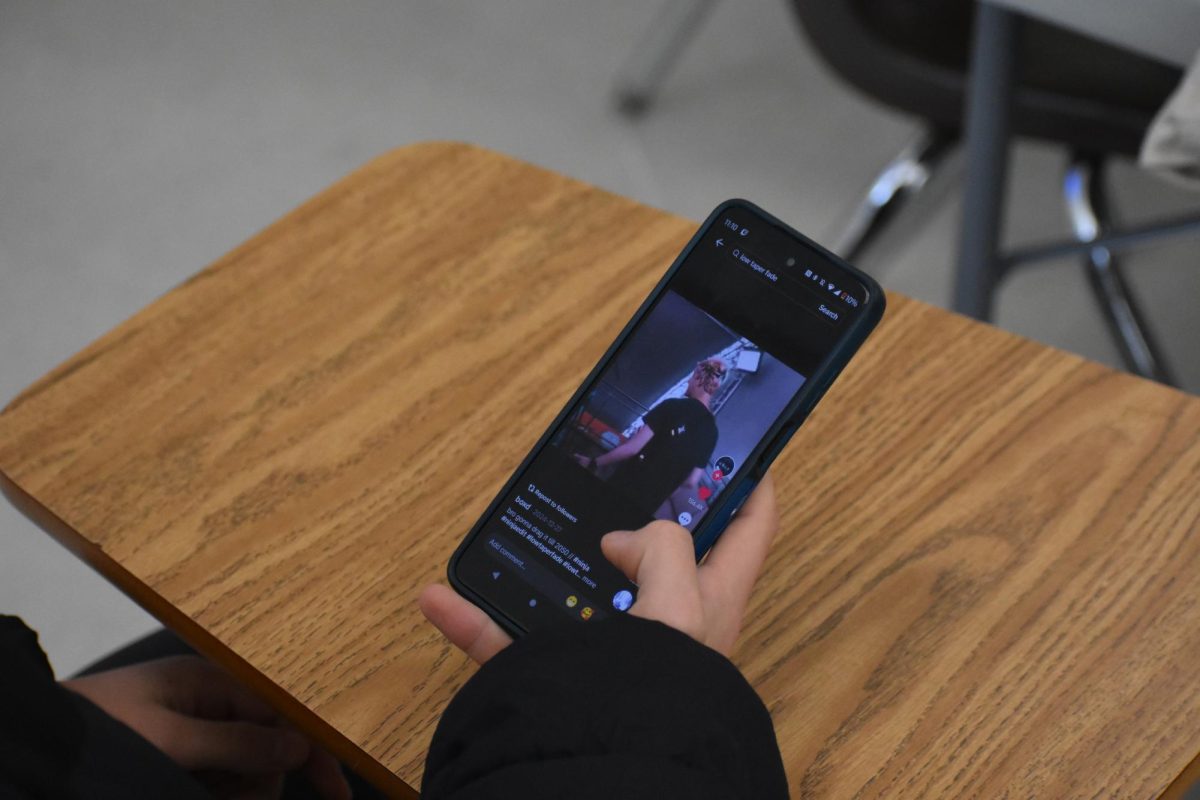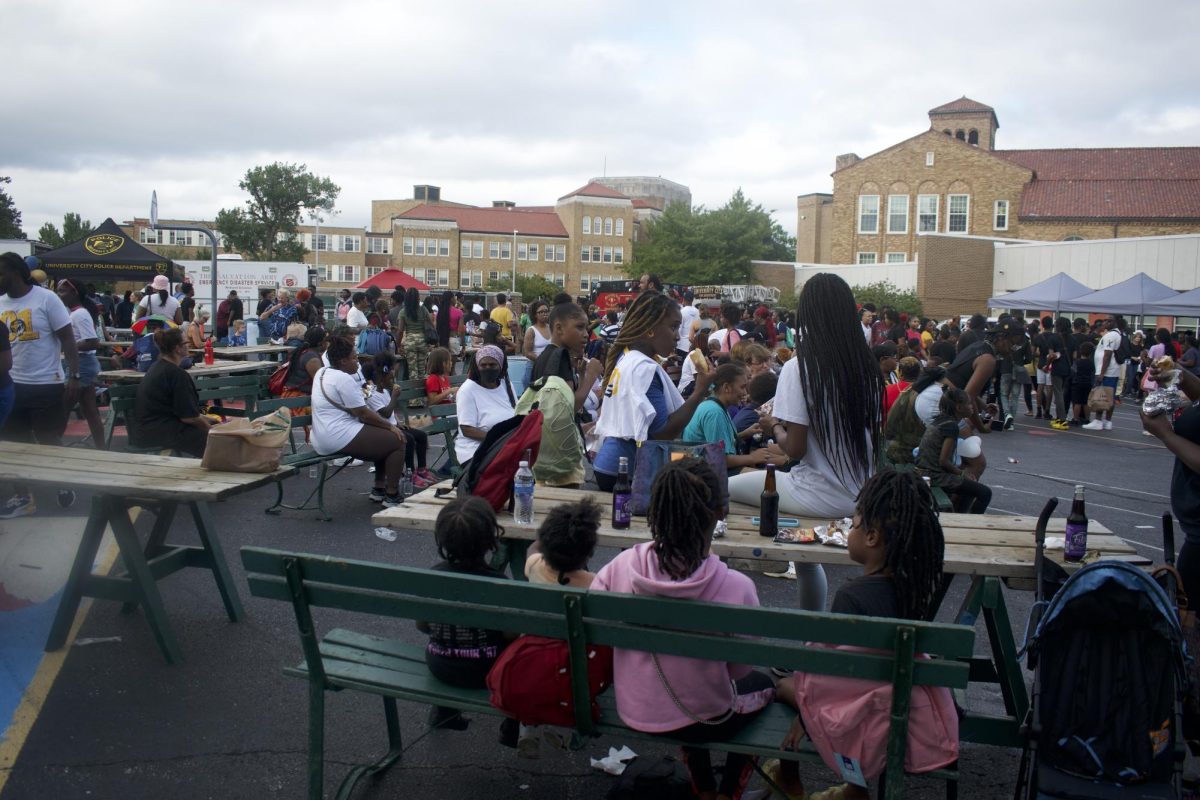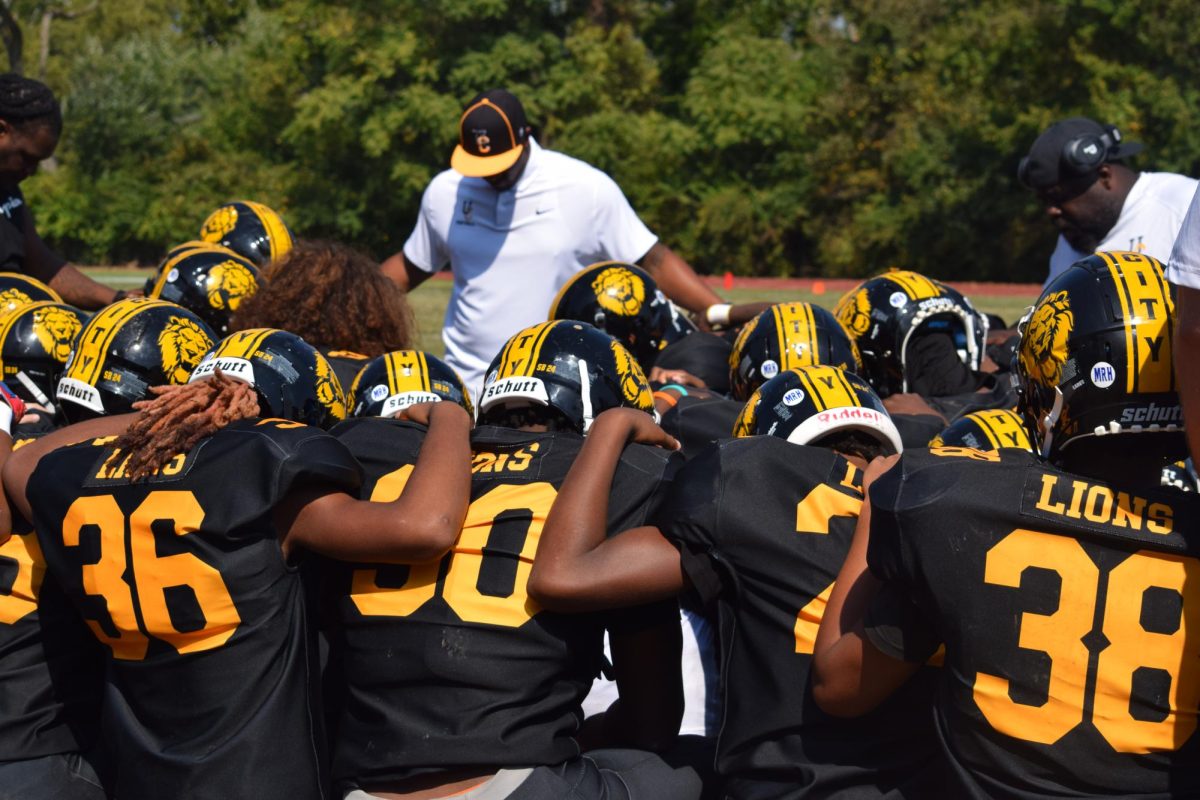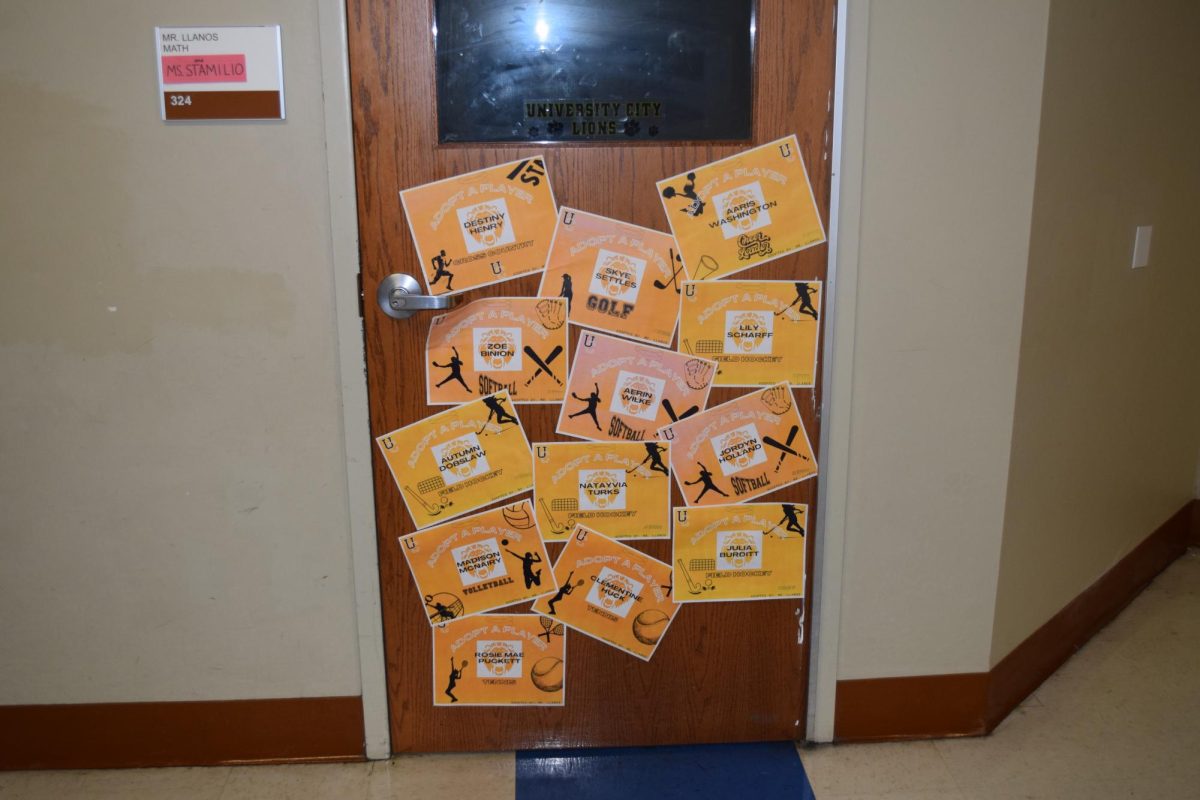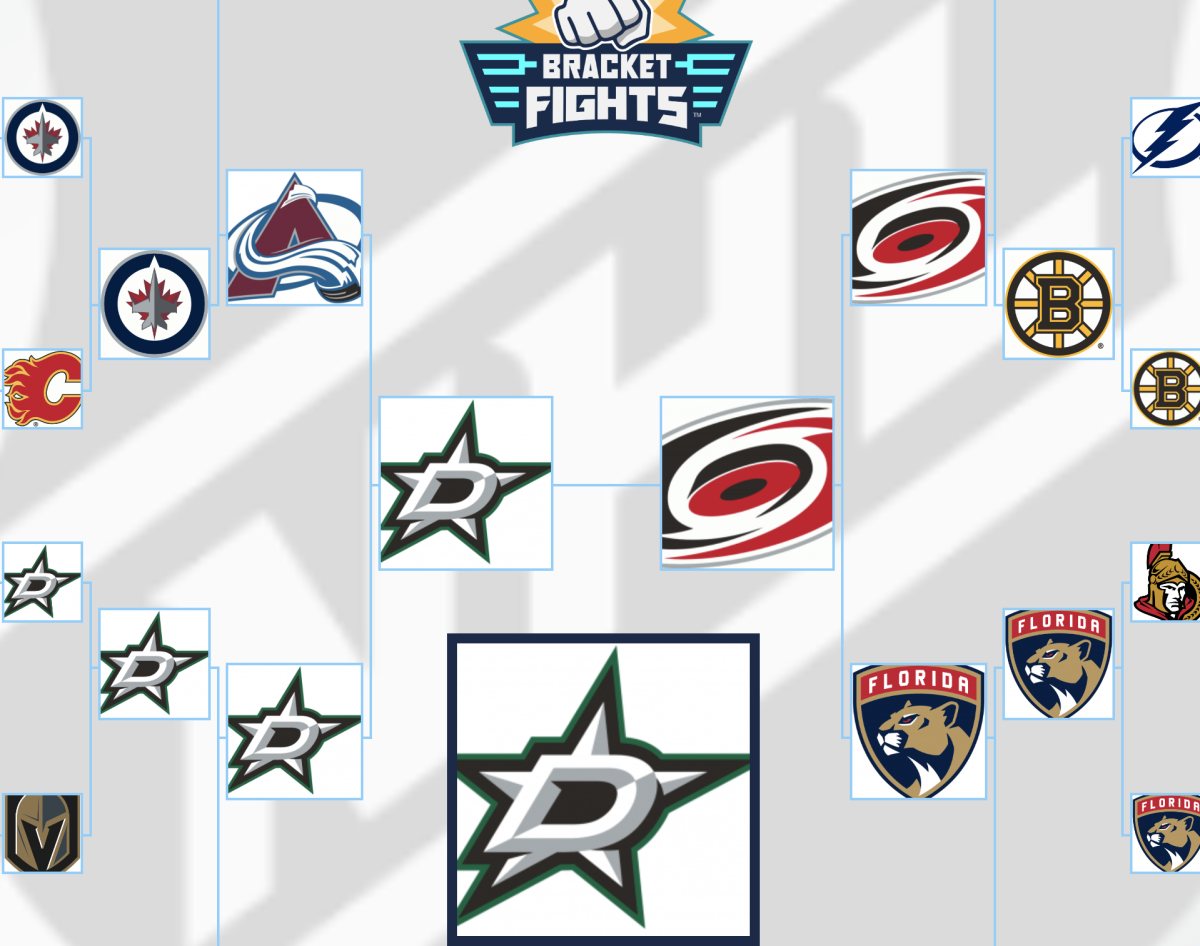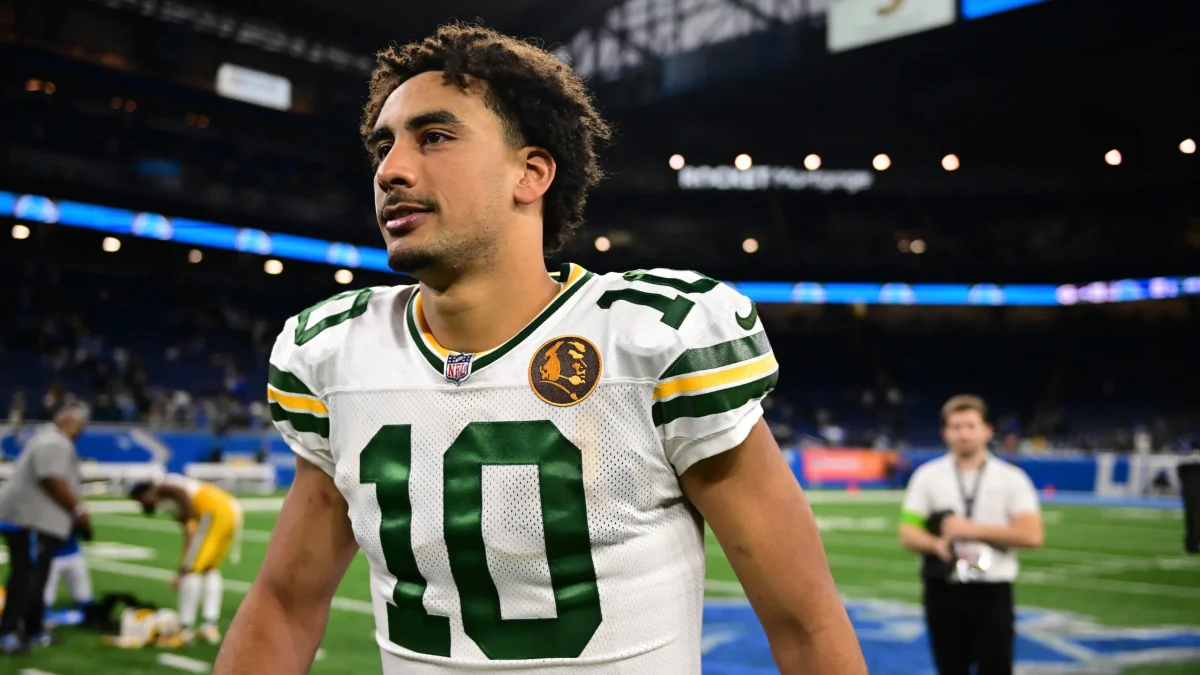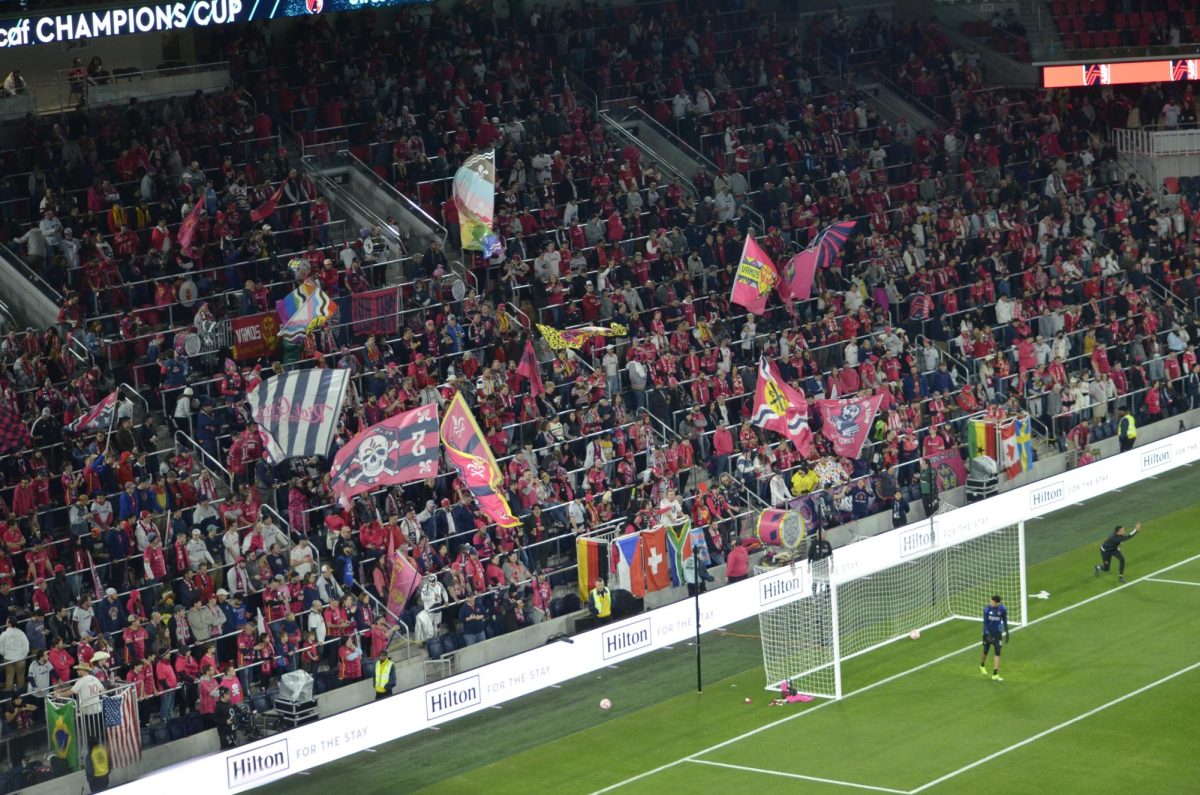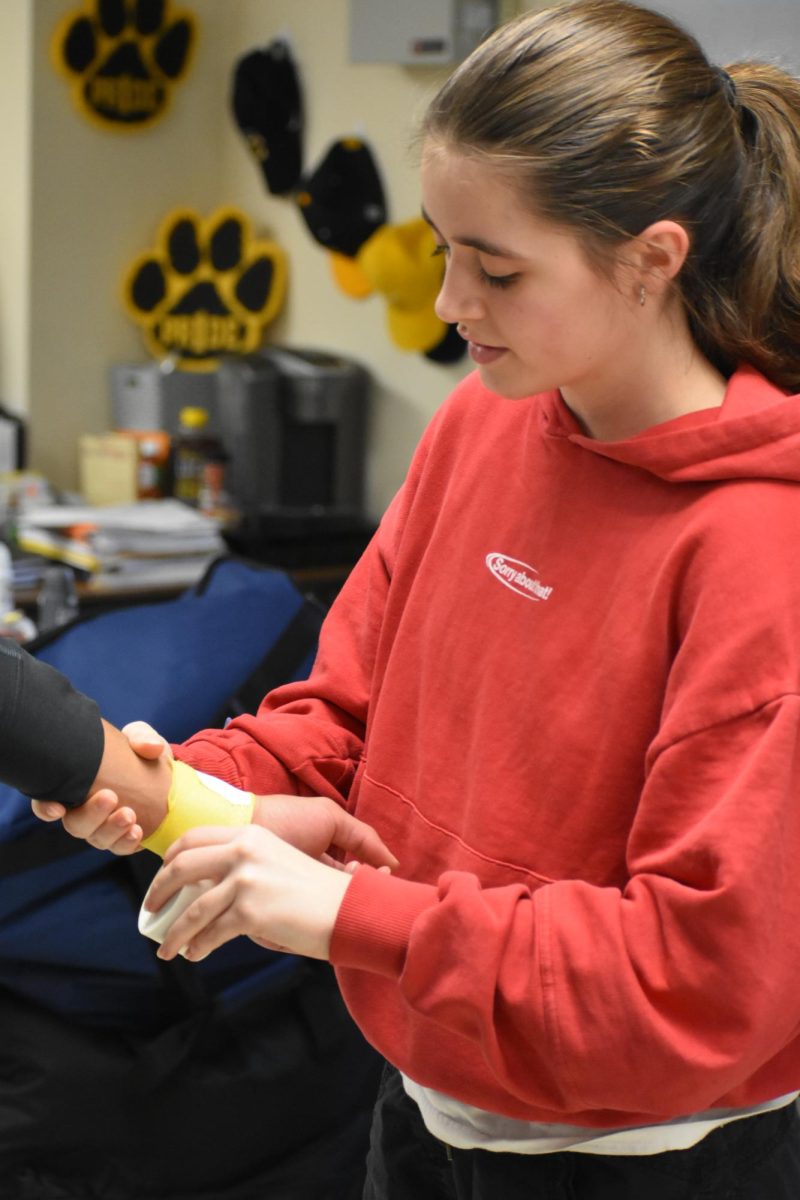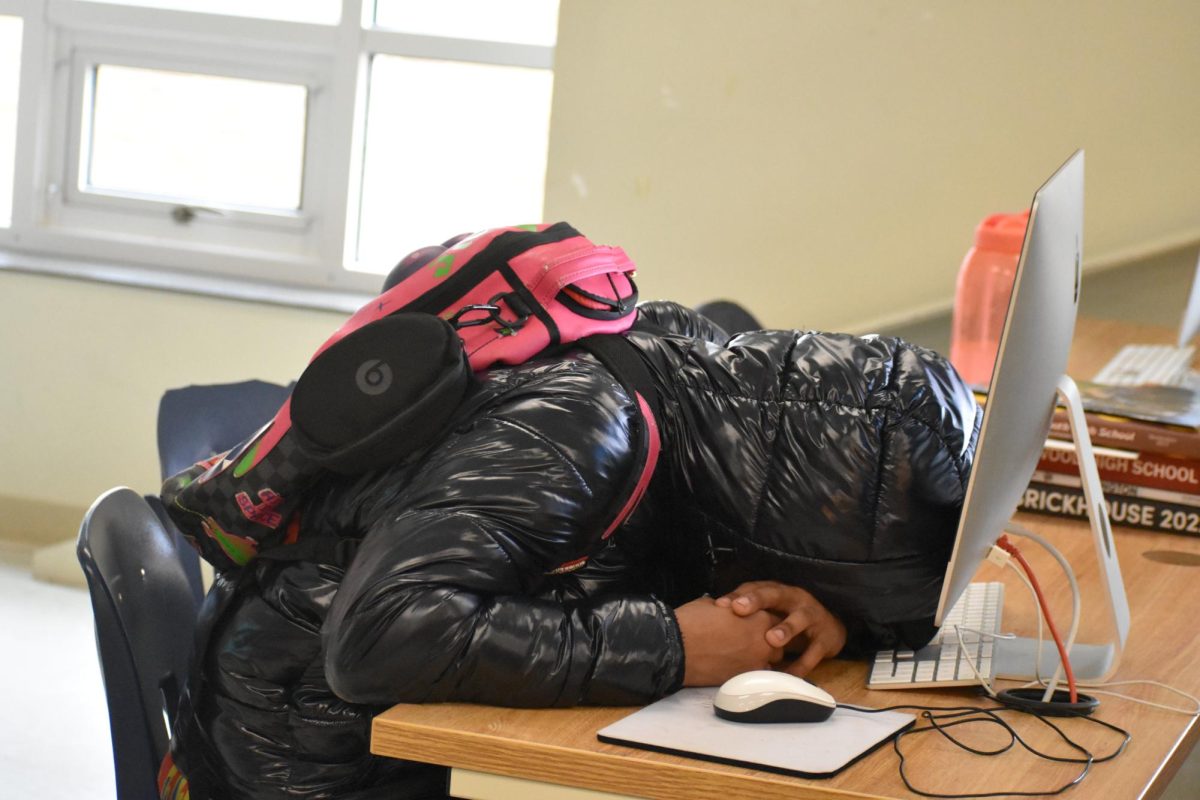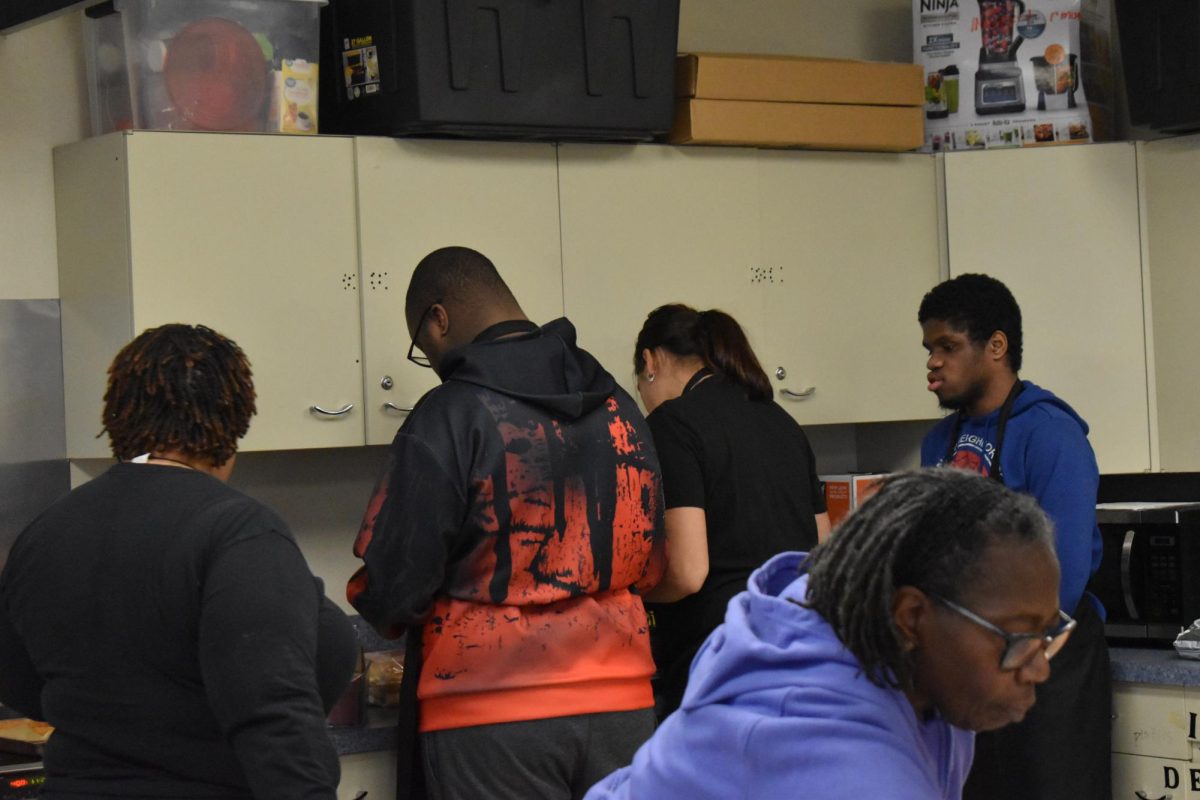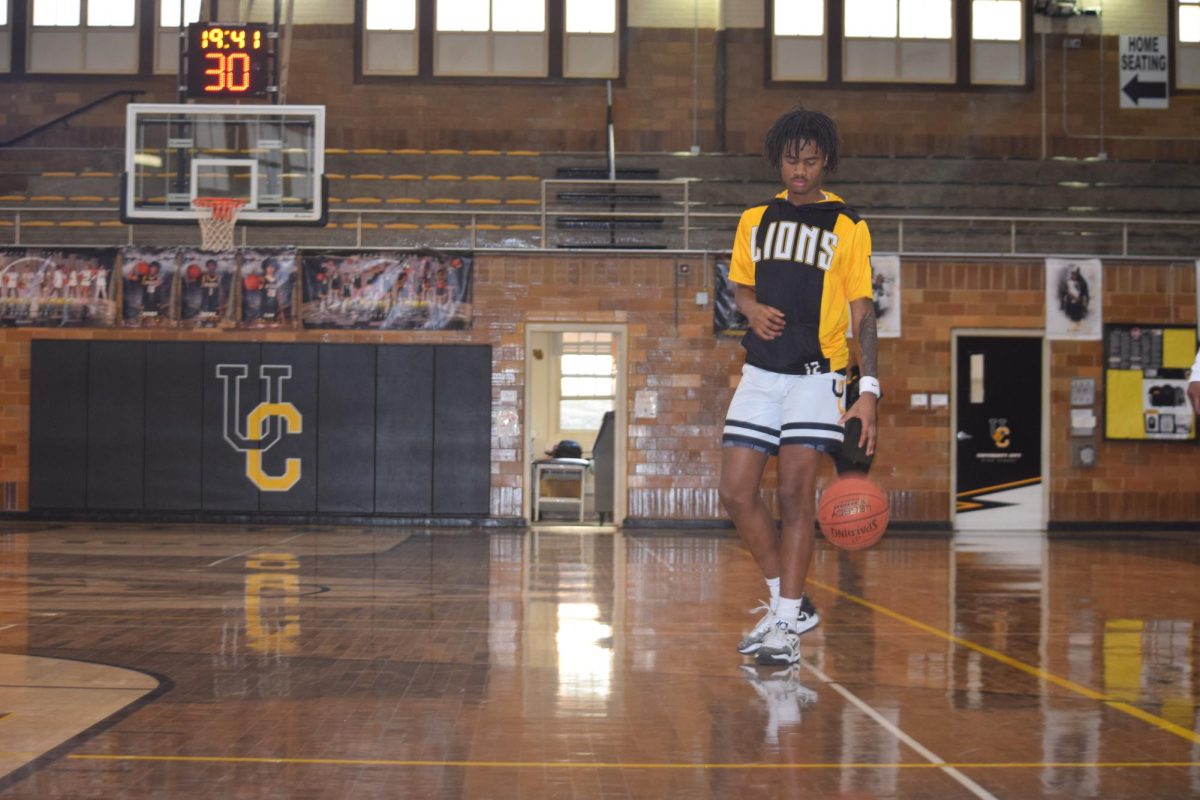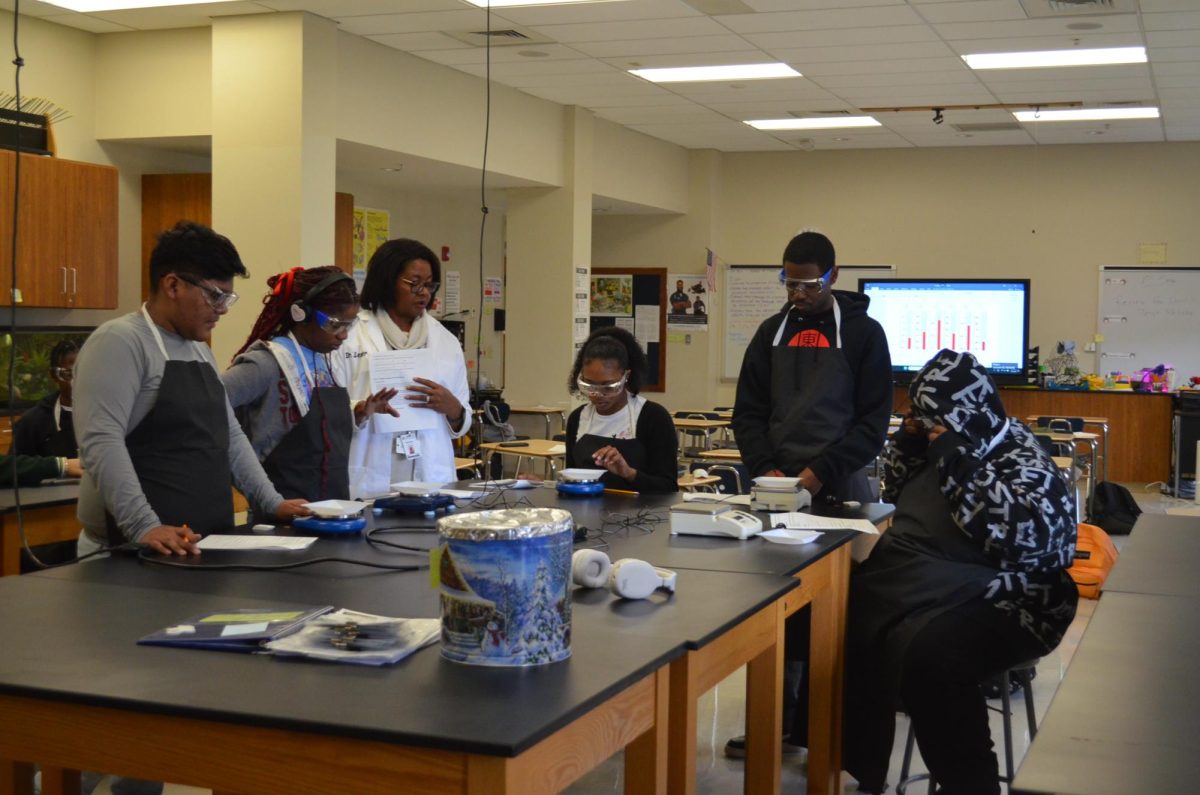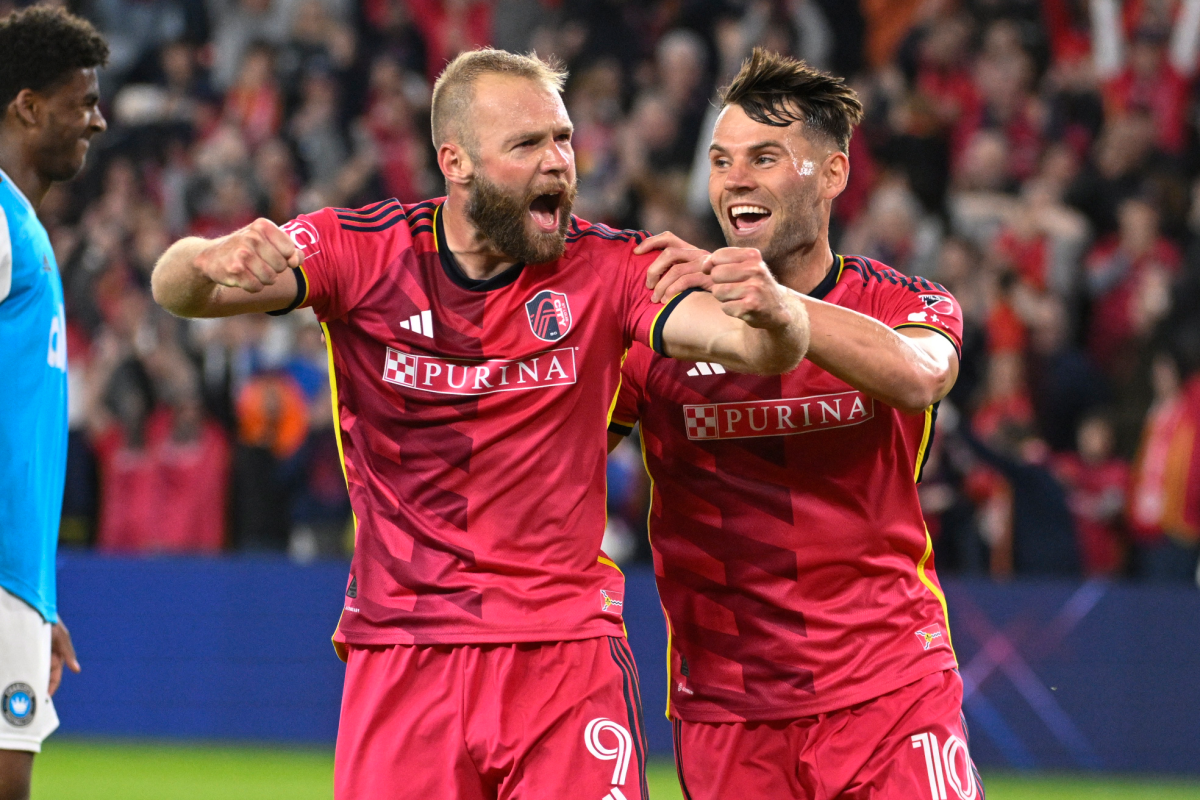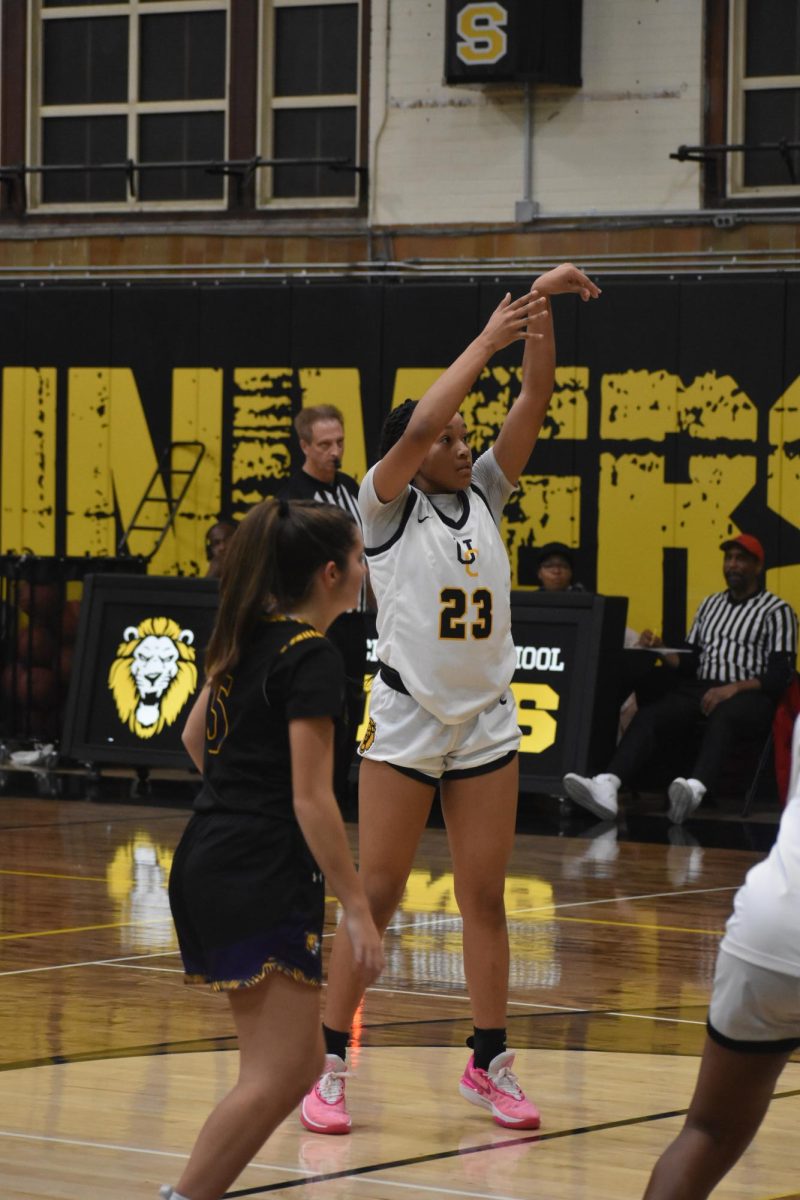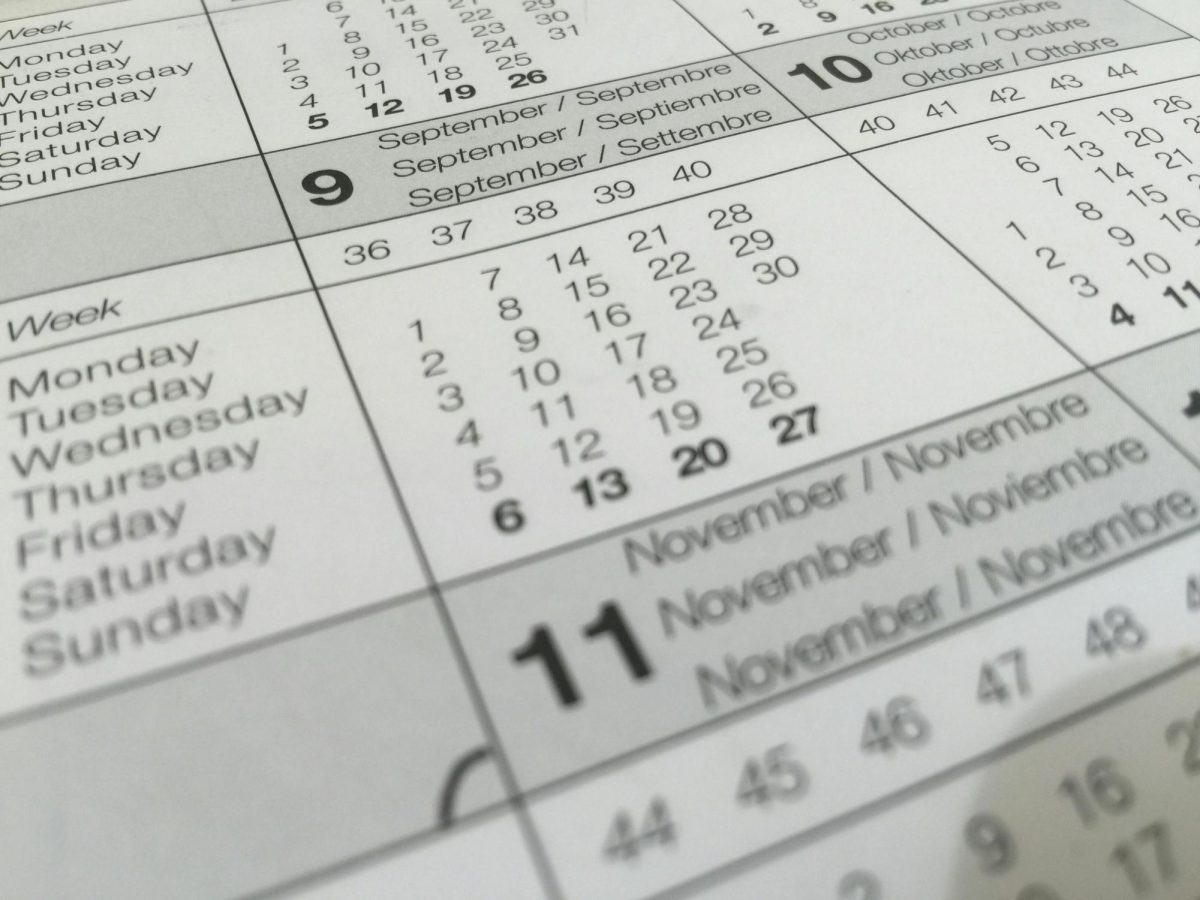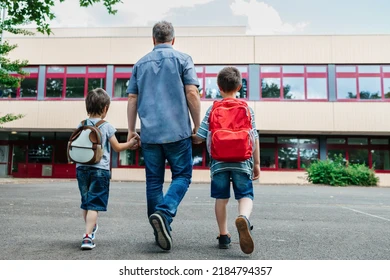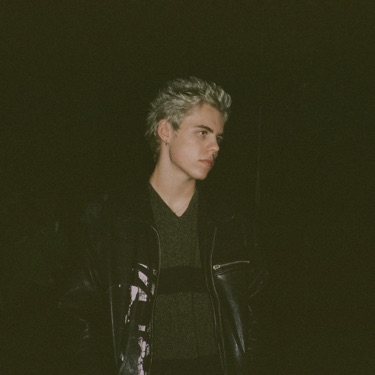White snow coats the dead, green grass. Hot cocoa gives children chocolate mustaches as they slowly sip it. Couples cuddle together under the mistletoe. These clichés are witnessed in countless forms of media throughout the months leading up to Dec. 25. However, America is a melting pot and includes diverse groups of people who don’t always celebrate the same holidays or the same traditions. U. City is no different. Whether it is Christmas, Hanukkah, or Kwanzaa, traditions take a variety of forms, depending on an individual’s background.
Historically, U. City has a prominent Jewish population, and of those students is sophomore Ari Seigal. His family celebrates all eight nights of Hanukkah. The festivities of the holiday involve more than just lighting candles on the menorah. Seigal and his family eat latkahs, which are potato pancakes.
“They’re just like cookies,” said Seigel. While eating these tasty treats, his family enjoys the celebration by spinning the dreidel and collecting from $30 to $50.
Students aren’t the only ones with special winter traditions. Teachers also have their fair share of unique holiday customs. One teacher with some uncommon traditions is social studies teacher, Mr. McAnulty.
“My family and I just celebrate a normal, run-of-the-mill, average Christmas,” said McAnulty.
McAnulty and his wife go all out for this time of year, especially with their Christmas lights.
“My wife and I can’t stand the wait,” said McAnulty, “so we open our presents on Christmas Eve.”
They enjoy this tradition while eating Christmas-themed M&Ms and listening to the soundtrack of “A Charlie Brown Christmas.” On Christmas Day, he and his family watch “Home Alone” and “It’s a Wonderful Life” and eat his wife’s homemade gingerbread and red velvet cake.
Another teacher who has celebrated unconventional winter holidays is Spanish teacher Ms. Abaray. She has spent some time in Spain and embraced the Spanish traditions, but still keeps her family traditions.
“To my friends in Spain, Christmas Eve and Christmas Day are only about going to church, and Jan. 6, the Epiphany or Day of the Three Kings, in Spanish, El Dia de los Reyes Magos, is when they give and receive presents,” said Abaray.
As far as her personal traditions, Abaray and her family are allowed to open one present on Christmas Eve. On Christmas Day, she and her family watches “It’s a Wonderful Life” and open the rest of their presents.
Aside from Christmas and Hanukkah, Kwanzaa is another popular winter celebration in the U.S. U. City students have heard of the American-invented holiday, Kwanzaa, but most don’t know anyone who celebrates it. Sophomore Anisa Reynolds does, however.
“The celebration takes up to seven days and my mom’s family and I give each other presents on the last day of Kwanzaa,” said Reynolds.
The holiday involves red, green and black candles.
“The red candles symbolize blood, the green candles symbolize the Earth, and the black candle symbolizes the dark, African skin,” said Reynolds.

